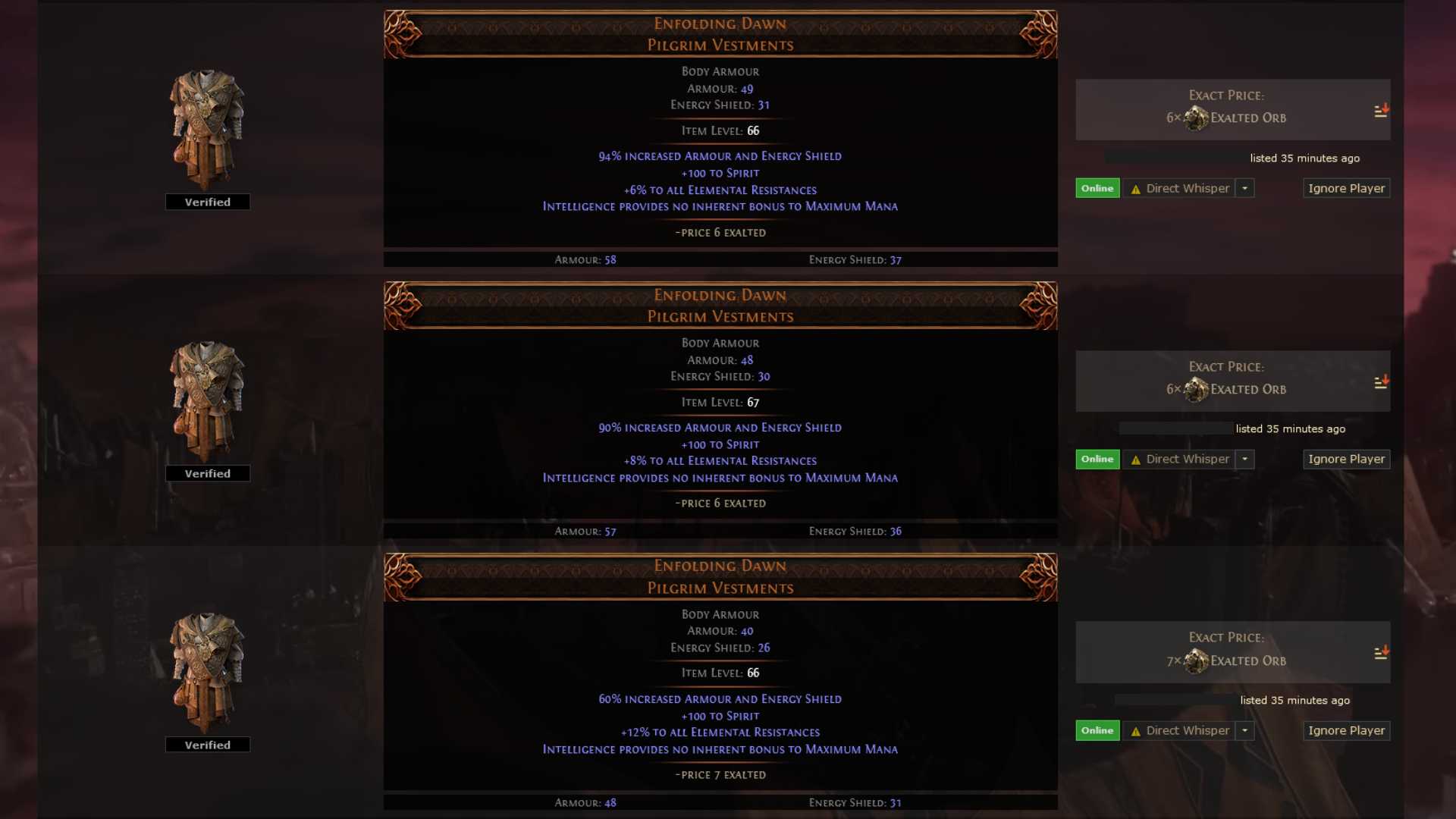Tech
How to Trade in Path of Exile 2: A Comprehensive Guide

Trading in Path of Exile 2 is a crucial aspect of the game, allowing players to exchange items and gear to optimize their character builds. Here’s a step-by-step guide on how to trade effectively in POE 2.
To initiate a trade with another player in the same instance, you need to be in a safe area such as the Clearfell Encampment. Right-click on the other player’s avatar and select ‘Trade’. This will send a trade request, which the other player must accept. Once accepted, you can submit items to trade and view what the other player is offering. Both players must accept the trade for it to be completed.
If the player you want to trade with is not in the same instance, you can use the in-game chat or global chat to initiate the trade. Right-click their name in the chat, select ‘Invite To Party,’ and then teleport to their location. Once you are both in the same instance, you can right-click their avatar and select ‘Trade’.
Path of Exile 2 also features a dedicated trading website that makes trading more convenient. Players can list items they are willing to trade and search for specific items using various filters such as minimum level, attribute requirements, and rarity. To sell items, you need to purchase a Premium Stash Tab from the Microtransaction shop, place the items in the tab, and mark it as public. Potential buyers can then find these items on the trade site and initiate a trade via in-game whispers.
When using the trade site, you can copy an auto-generated whisper message to contact the seller. You then invite the seller to a party, teleport to their location, and send a trade invite. Ensure you hover over the items to confirm their authenticity before accepting the trade to avoid scams.
It’s important to note that players cannot trade gold directly; instead, they must exchange items that can be sold to merchants for gold. This adds a layer of complexity but ensures fair trading practices).












